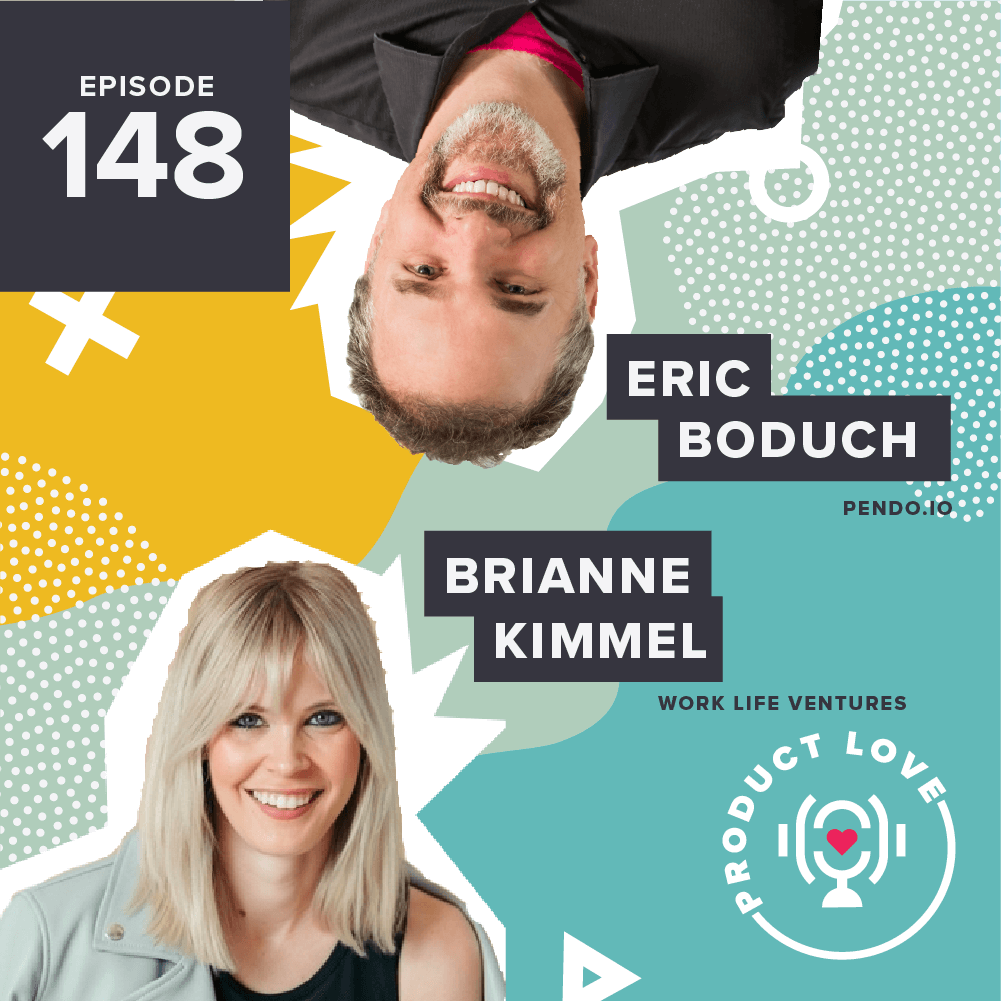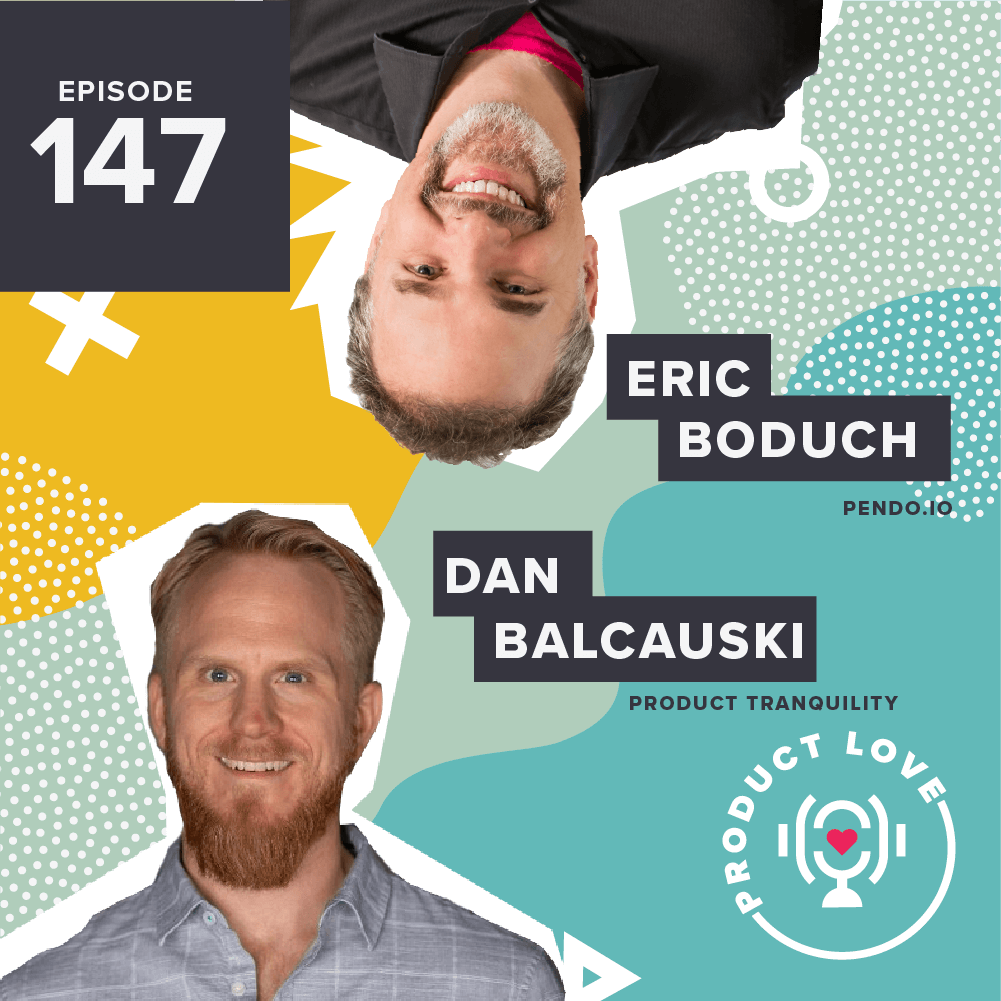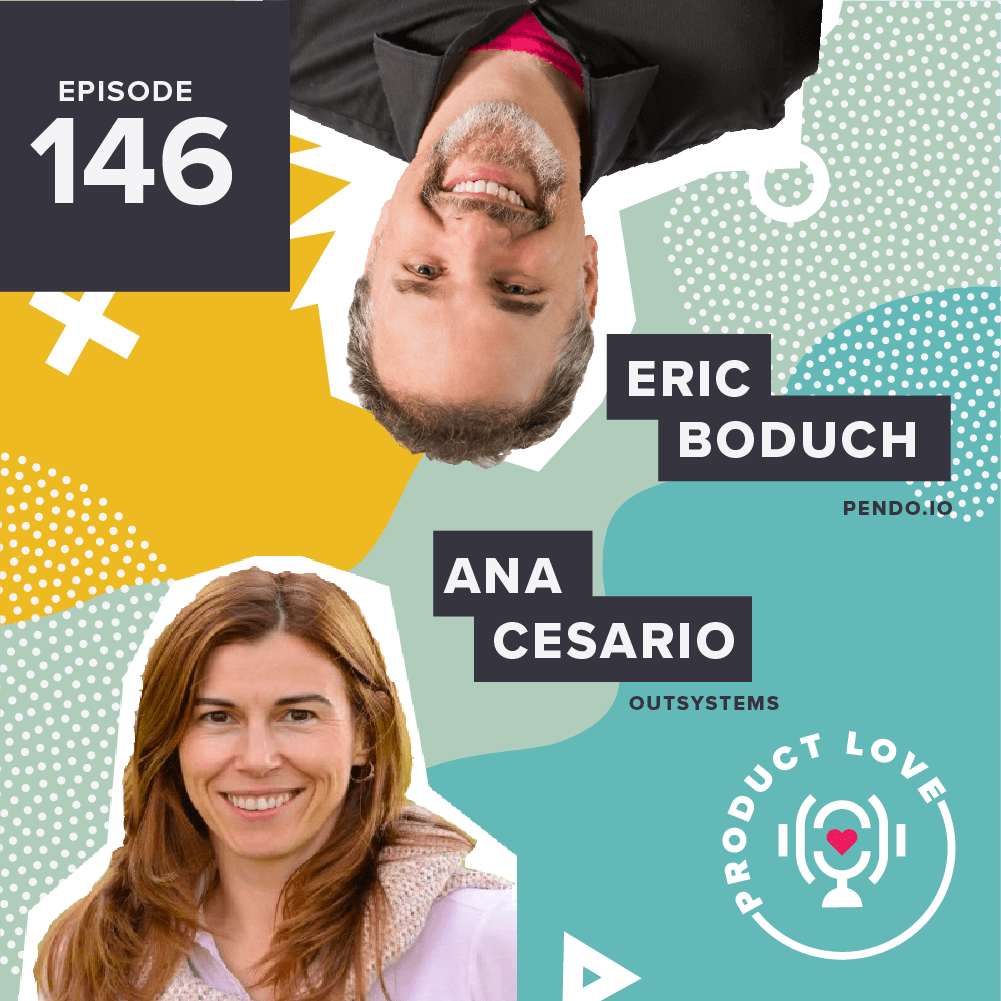Product Love Podcast: Jim Semick, Founder and Chief Strategist at Product Plan
Bootstrapping a company is probably every startup geek’s favorite rendition of a Cinderella story. We always pull for the underdog, the story where someone makes it purely due to their efforts and determination. Jim Semick is no stranger to this tale. After all, he’s accomplished the bootstrapping dream with ProductPlan.
This week on Product Love, I sat down with Jim, the founder and chief strategist of ProductPlan, a software that makes roadmapping easy, collaborative, and transparent.
Before ProductPlan, Jim was a consultant for Microsoft and Citrix. During his time at Citrix, he helped launch GoToMeeting, GoToMyPC, and GoToWebinar. His first venture into the startup world was as part of the founding team of Appfolio. Eventually, he saw a need for a product roadmap software, and because he was already a software product manager, ProductPlan came naturally.
We discussed the changing product manager role, the importance of simplicity, and the reason behind his decision to bootstrap his company.
The PM Role
Before the product manager role was popular and highly-sought-after, most product managers Jim knew just “fell” into it. Nowadays, as product management reaches the status of the highest-paid jobs in tech, Jim believes we’ll only see more growth, and an increase in more formal education and training surrounding product management.
The product management space is getting a lot of recognition, and with it, more dedicated tools for PMs. With opportunity, Jim believes the field might get even more complicated to navigate. Resources would expand, and soon, there might even too much data. How does a PM make sense of it all? Jim likens the foreboding experience as overwhelming as “drinking water from a firehose.”
Simplicity is the Value
Jim believes that pricing is crucial and needs to be part of the validation with early adopters. With Jim’s company, he does a unique model of pricing which he calls “success-based pricing.” In this model, he would charge his customers only $1 a month for every rental unit. If his customers were successful in using their software, they would pay him more. This cooperative relationship worked because customers could see the benefits of the product unfold, and would willingly pay more for it.
GoToMeeting was his first attempt at success-based pricing. While his competitors added more features that would complicate the pricing, he opted for more simplicity. Products with fewer features meant that people had fewer hurdles to overcome, and they were able to pay for precisely what they wanted.
Bootstrapping vs. Gaining Capital
It’s much more common to start a company with capital simply because it’s easier, but sometimes that isn’t enough. If you want more control, and more equity, then bootstrapping is the way to go.
For Jim, setting his own course was the most important thing. He believed that he could launch a successful company without requiring capital and still grow it organically. However, while retaining all the control of your company sounds ideal, there are some tradeoffs. At ProductPlan, the luxury of capital might have allowed them more resources to add features or hire more engineers. Instead, they’re more restrained in that area.
Yet Jim believes that the limitations have actually helped them create a more focused product. They’re able to hone in on growing their business rather than have their goals clouded by an outsider’s expectations.
Listen to the rest of the podcast below to hear what Jim has to say about bootstrapping his company, pricing, and his advice for product managers on how they should relieve their customer’s pains.


